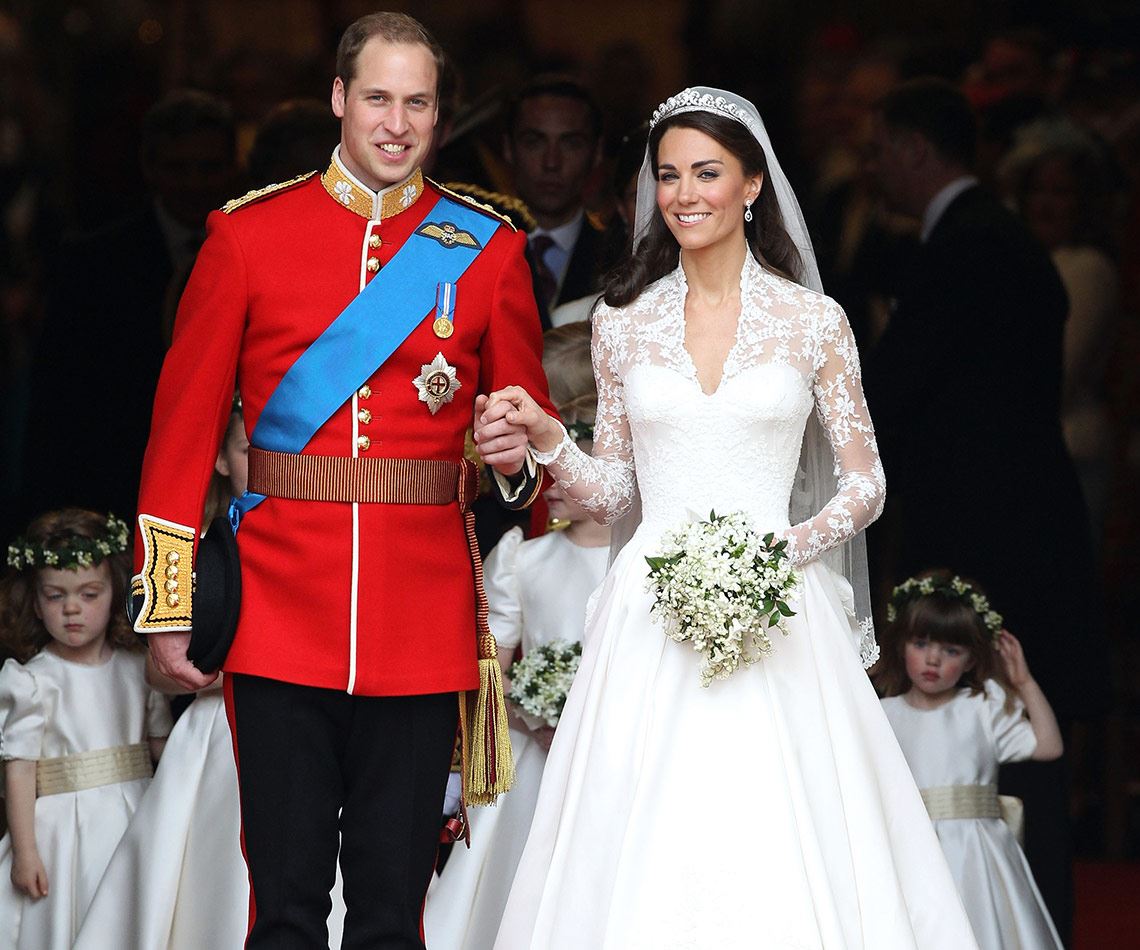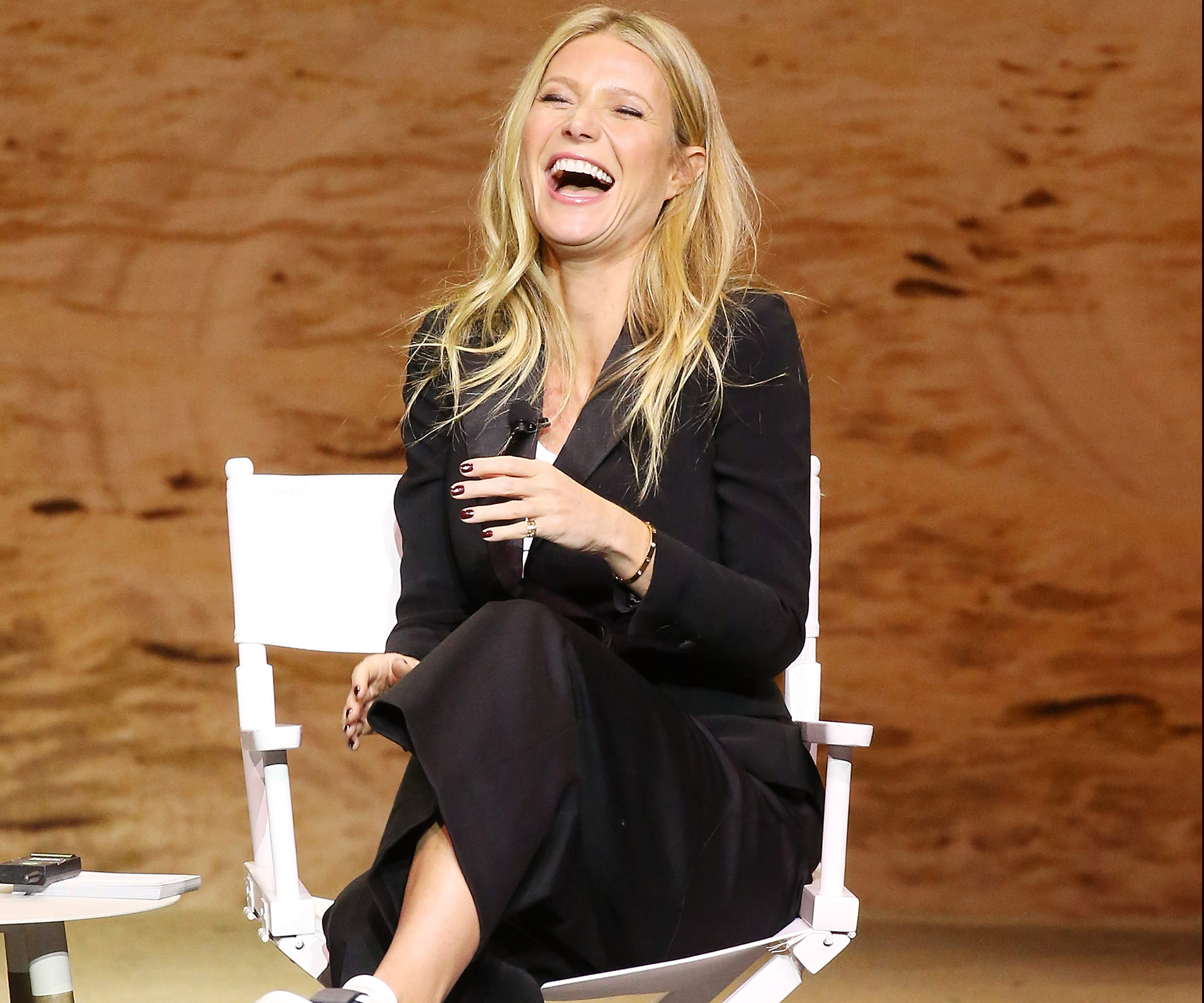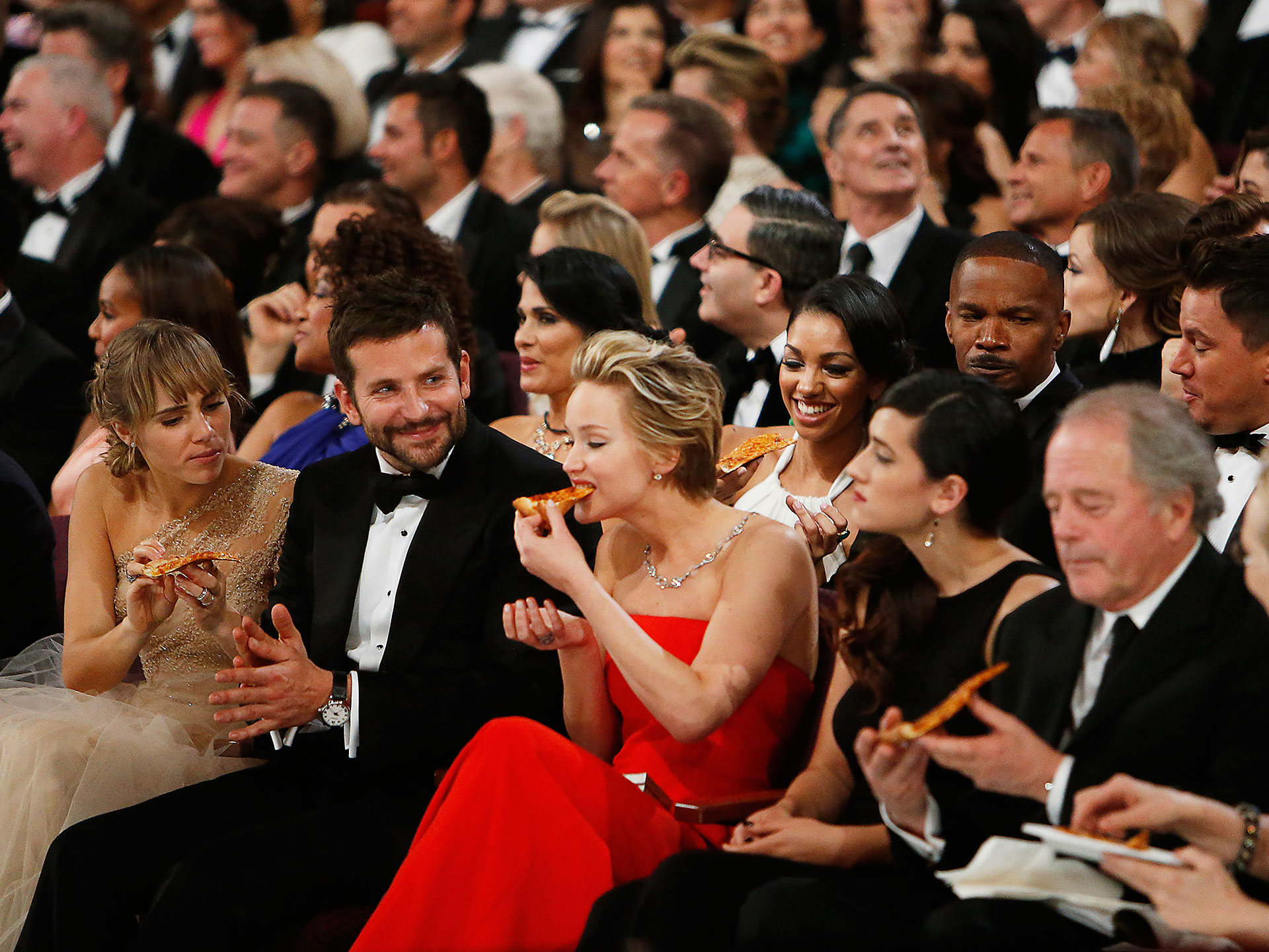The 5:2, Juice Fast, Macrobiotic, South Beach, Atkins, Flexitarian, DASH, (deep breath), vegan, raw food, Mediterranean, Slim Fast — the ever-growing list of diets goes on and on…
Last week, it was revealed that Robert O. Young, the creator of the Alkaline diet – a regimen popularised by celebrities like Kate Hudson and Victoria Beckham – now faces up to three years in prison for practicing medicine without a licence after he was found to have bought his doctorate on the internet.
This, right here, is terrifying. Not only because Young treated cancer patients at his “pH Miracle Ranch” by allegedly injecting a baking-soda formula into drips at the cost of $550 per day, but also because it made us wonder what other diets are being carried out at the cost of good health, all in a bid to lose weight.
Here, industry experts, celebrity chef and nutritionist Zoe Bingley-Pullin and IsoWhey dietitian Belinda Reynolds to debunk five of Hollywood’s biggest diets.
This is what we found out:

Did Queen Bey name her epic Lemonade studio album after the diet she swears by?
Beyoncé’s Master Cleanse or Lemonade Diet
Deciding she wanted to trim down for her role in the 2006 film Dreamgirls, Queen Bey began a lesser-known liquid diet that would become famous overnight.
The strict plan involves drinking a lemonade-like concoction of maple syrup, cayenne pepper, lemon juice and water, as well as salt water and a herbal laxative for 10 straight days. Then, foods are gradually added back in, starting with juice and soup, and eventually raw fruits and vegetables.
“This protocol is a potentially damaging and unsustainable way to attempt weightloss,” says Bingley- Pullin. “Following the diet strips the body of nutrients and does not factor in replenishing the body through food or an equivalent.”
Reynolds agrees, adding, “The diet is likely to lead to yo-yo-ing, whereby most of the weight is re-gained once ‘normal’ eating begins.”

Duchess Catherine’s figure-hugging Alexander McQueen gown, estimated to have cost around £40,000 ($AUD75,000), showed off her petite figure.
Kate Middleton’s Dukan Diet
The Duchess of Cambridge reportedly adhered to the strict, four-phase diet that promises to “permanently stabilise” weight in preparation for her 2011 wedding to Prince William.
Phase One, or ‘Attack’, involves eating purely protein for 4-6 days. Phase Two allows the introduction of veggies on some days only, before Phase Three brings back selected carbs and cheese, plus two celebratory meals a week. Phase four continues “for life”, and requires the dieter to launch back into ‘Attack’ mode once a week.
“The premise of reducing carbohydrates in the diet and focusing on protein and vegetables is great, however, I wouldn’t suggest completely removing vegetables for as long as they recommend, as these provide essential nutrients, phytochemicals and fibre which work to maintain health, and promote gut health, immune health and energy,” Reynolds begins.
“To improve this diet, I’d add in some green leafy and cruciferous vegetables, and some other low-carb fruits and vegetables (like avocado, blueberries) and ensure that the right type of proteins are consumed such as oily fish, organic eggs, chicken and grass-fed meats plus raw nuts and some nutrient-dense seeds.”

Would you try Mariah’s “bleak” diet?
Mariah Carey’s “Bleak Diet”
Before she called off her impending marriage to billionaire James Packer, Mimi was candid about her wish to lose weight, andd, as our experts point out, her way to go about it was unconventional at best.
Her two-ingredient diet (yes, you read that right) was admittedly very “bleak”, but apparently effective for her. “It’s the worst. All you eat is Norwegian salmon and capers every day. That’s it.” Sounds pretty repetitive to us, but does it work?
“My concern is around the fact that the diet is called “bleak” and referred to as “… the worst!” Reynolds explains. “There are many right ways to eat well, but in order for a healthy-eating program to be maintainable it is often important that it is enjoyable.”
“This regime is high in sodium and would cause the body to retain water and throw out electrolyte balance,” Bingley- Pullin adds. “This diet being low in carbohydrates will put the body into ketosis, a state when the body burns fat for energy. Because carbs draw in water when eaten, weight loss via water weight may be rapid initially with but when carbs are put back in weight will be regained quickly.”

Is Gwyneth’s go-to diet the strangest one yet?
Gwyneth Paltrow’s Baby Food Diet
Also tried by Jennifer Aniston and Lady Gaga, celeb trainer Tracy Anderson’s baby food diet is regarded as a simple way to lose weight and encourage portion control. It requires substituting traditional meals or snacks with up to 14 jars of 20-100-calorie baby food over two out of three meals a day.
Celebrities are going goo-goo-ga-ga for it, but what does Zoe Bingley-Pullin think?
“This diet is all about calorie control, and here are more suitable ways to undertake a calorie-controlled diet than eating baby food. The baby food diet will not meet nutritional needs for adults and misses an important part of eating, enjoyment!”
“Eating is an experience, smelling and chewing food starts the digestive process and literally wets appetite. This diet misses many elements of the eating experience and promotes a mechanical way of eating.”

Christina Aguilera’s regime embraces every colour of the rainbow – not just red!
Christina Aguilera’s 7-Day Colour Diet
Created on the principles from the National Cancer Institute’s 2002 “Savor the Spectrum” program, the diet encourages the undertaker to stick to one particular colour of food over the course of a week.
Monday = white, Tuesday = red, Wednesday = green, Thursday = orange, Friday = purple, Saturday = yellow, Sunday = rainbow. During the seven days, the dieter is forced to think outside of their usual routine.
“This diet at least calls for variety but is still too limiting from both a nutritional and enjoyment perspective,” explains Bingley- Pullin. “While naturally bright coloured foods are high in antioxidants and nutrients, it may also lead to reliance on foods artificially coloured in the belief those foods are ok.”
And you can be sure Reynolds agrees. Her advice? “Try though to consume a daily intake of all colours if you can – and ensure that the bright colours come from natural, non-processed plant foods (not colourful chemical additions!).”
Those looking to lose weight (the healthy way, thank you very much) should consult their trusted GP before making any changes to their diet.


